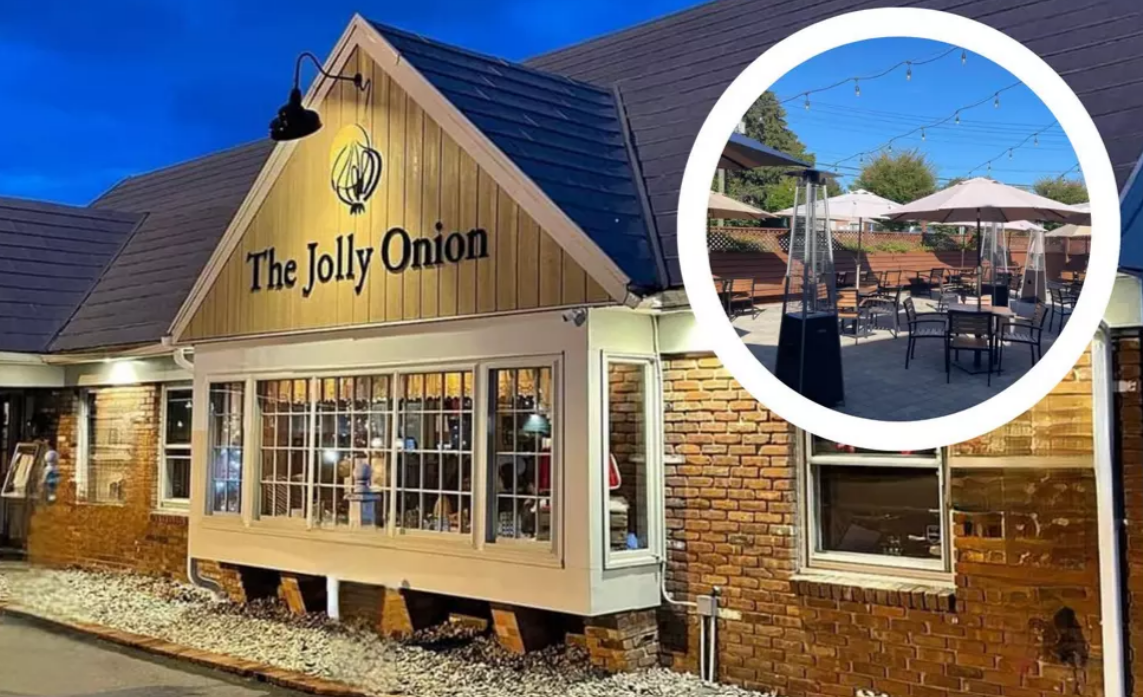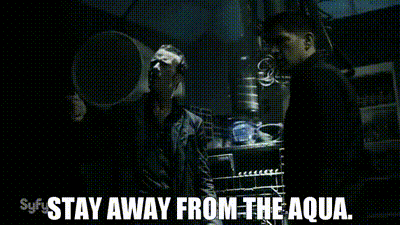(There’s probably no need to) push it to the limit
A fun fact: It is specifically illegal to trade contracts for the future delivery of onions in the USA. One can buy onions, one can even buy onions for delivery in the future, but trading the rights for future onions? Unacceptable. The circumstances around how this came to be might be able to teach us something about realistic goal-setting for your new venture, and the human cost of transitioning your breakthrough venture from financial model to the real world. Or it might just be a story about large stockpiles of onions.
Better kept together.
The year is 1955, and the farmers of Chicago liked to sell onions for future delivery to lock in prices and hedge against bad years. A secondary market was subsequently created in buying and selling these future contracts. It was a more trusting time and the enterprising entrepreneur had plenty of room to innovate - if you were a white guy, at least. Two such guys developed a scheme - these days we’d probably call it a fintech startup - to profit off this futures market. Three steps:
Buy all the onions: Our protagonists bought up around 99% of all of the onions in Chicago - some 14,000 tons - through on-market and futures deals.
Manipulate prices: As the only allium game in town, our guys kept demand artificially low and trickled out onions at absurd prices to desperate traders who needed to fill contracts. Some very tidy profits were made along the way.
Short the lot: Transitioning from ‘rapacious capitalism’ to ‘dog act’, our guys took out short positions then dumped their entire remaining inventory. Prices went to zero, shorts went ballistic, farmers went bankrupt and things got very dire for them and their families. Our schemesters made a lot of money on the shorts, but as a downside, they presumably felt a bit weird about driving primary producers to suicide.
It was at about this point that the US federal government told them to knock it off by throwing market manipulation charges at them. It turns out market manipulation was very hard to prove back in the day, so to stop this disaster from happening again a fellow named Gerald Ford proposed the Onion Futures Act. This Act made the specific thing they had done illegal, which is a funny but effective way to deal with the problem.
Onions futures trading has been illegal ever since. The act doesn’t ban garlic futures, nor orange juice futures - go for your life on those, many do. The act was very specifically aimed at onions, to prevent a clear and present danger in the system.
The proprietors of the scheme got a slap on the wrist and took their millions - to oversimplify, because the scheme wasn’t illegal until after they’d done it. One of them opened The Jolly Onion, an onion-themed restaurant. For reasons we can only speculate about but may have something to do with vengeful farmers, he carried a club and pistol on him every day for the rest of his life.
I guess he didn’t feel that bad.
In Stage 2 of the scheme, some traders lost a lot of money. In Stage 3, farmers lost their lives. The whole thing went too far, as it left the world of financial machination and entered the real world. Our schemesters captured 98% of their target market – causing havoc in the process, and making the business illegal for everyone.
A concept ably illustrated by Detective Josephus Miller in this minor plot point from a cancelled sci-fi show.
I wonder what would have happened if the scheme had stopped at Stage 2, if it was left it at a bit of gentle market cornering between friends. One can’t say for sure, and it was still probably illegal, but I reckon our guys might have gotten away with it and would’ve been free to pull the same routine next year. We’re talking 1950’s financial regulation here, I can’t imagine it was very sophisticated. However, if we are thinking about this operation as a fintech, leaving it on Stage 2 would have meant leaving a good chunk of the Total Addressable Market - the TAM - on the table. Would such a thing be acceptable to a founder?
We use TAMs to give a guide on the viability of a business: in a best case scenario, if we’re servicing every customer out there, what’s that worth? It’s one of the most common things to be asked on a sell-side deal, and in my view it is one of the least useful (‘if we sell one gadget per person, and there are 8 billion people in the world…’). Just because you can reach a customer doesn’t mean that you will, and what percentage of that TAM do you get to before you start drawing attention from competitors or regulators? Maybe your realistic TAM is the point just before when you start annoying the feds?
Or, on the revenue side - how close to that maximum revenue can you get, how high can you push the prices, before your customers start researching whether they can buy your widgets direct from AliExpress? Definitely better to keep that one under control.
The onion scheme would have probably worked just fine as a bit of financial engineering if it was left at Stage 2, but it was the quest for the extra TAM from the short contracts which not only led to tragic human impacts, but also the scheme being made illegal. Even if we’re apparently post-ESG now, it’s still not great to have Gerald Ford calling you out, or die with a Wikipedia page which strongly implies that you were not a very cool guy.
The lesson I choose to take from it all is to carefully select what size market you can realistically hit from your new venture, and what disruption you are prepared to cause, early on. Ideally, you’re operating in a perfect frontier with no competitors, and your unique genius has led to spotting an opportunity that others have missed and into which you can expand ad infinitum without competition or compromise (if this is you, call me). For most, that won’t be the case - and if you’ve made big promises to your investors about squeezing every dollar out of the market, there might be some unintended consequences from trying to do so. Perhaps it’s better to underpromise and overdeliver.
The Jolly Onion shut down in 2023. Apparently it was quite a popular restaurant. I wonder how they got on with their onion suppliers.




